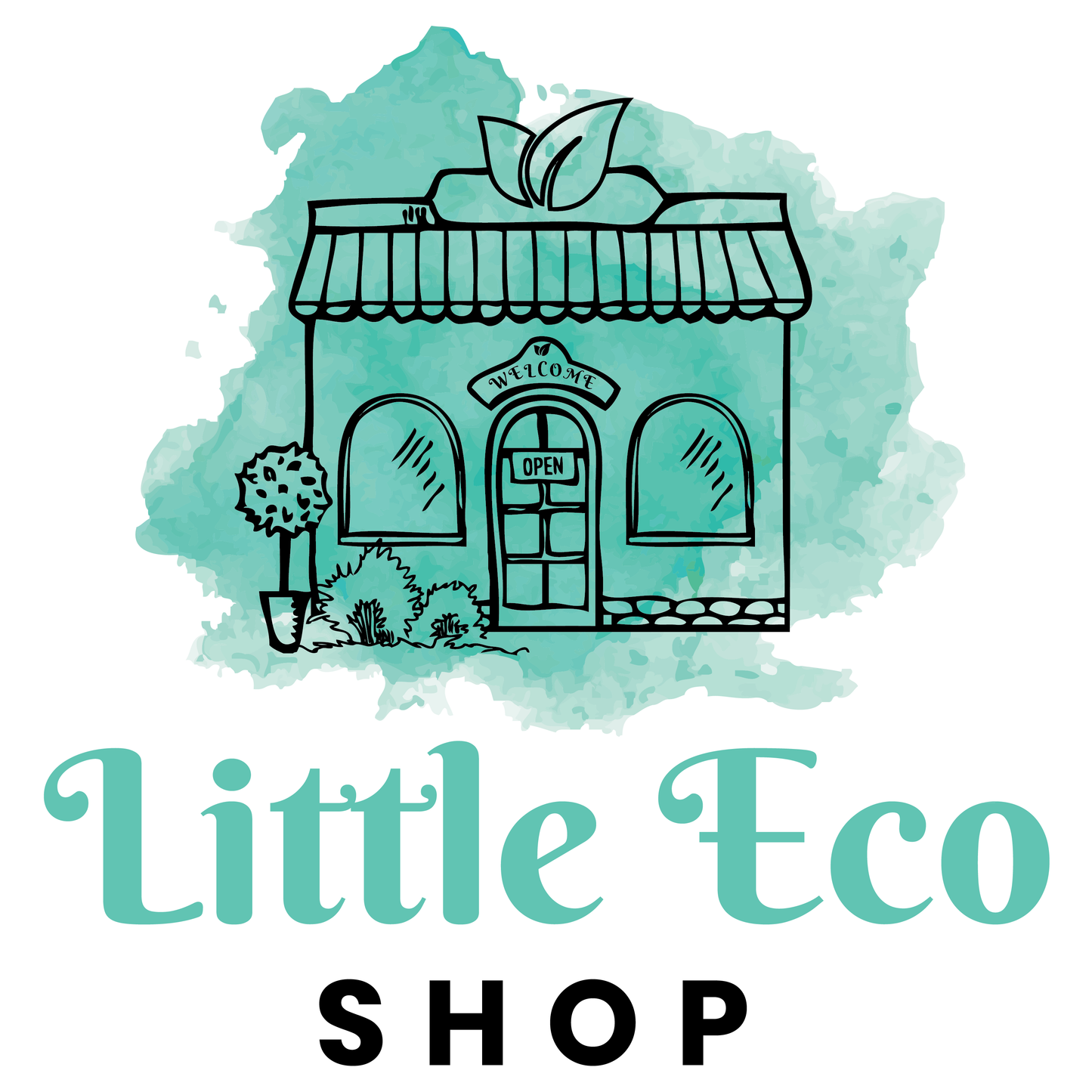
Let me preface this article by saying I am not a parenting expert of any kind. I’m simply a parent who cares about the planet and the future of my children on it.
I do feel a responsibility, though, to arm my own kids with information about what they’re up against, and how they might help to stop it.
Not in any kind of frightening way, but to emphasise their role in caring for mother earth, and the power that they have to turn things around.
Let me preface this article by saying I am not a parenting expert of any kind. I’m simply a parent who cares about the planet and the future of my children on it.
Whether you do or do not educate your kids about the state of the earth is completely your call.
There is a lot to be said for letting kids be kids. This generation of children are growing up in a culture that obliterates their innocence at an ever earlier age.
With the omnipresence of social media, endemic mental health challenges, pandemic-induced interruptions to their social development and education, popular culture absent of morals, and rising juvenile drug and alcohol abuse, our kids hardly need anything else to contend with.
I do feel a responsibility, though, to arm my own kids with information about what they’re up against, and how they might help to stop it.
Not in any kind of frightening way, but to emphasise their role in caring for mother earth, and the power that they have to turn things around.
Parents are children’s first (and most important) teachers
Every children’s movie produced in the last ten years seems to reinforce messages of hopelessness and life’s impermanence.
See exhibit A: ‘let me make this simple: Life is meaningless.’, exhibit B: ‘how do you cope with the notion that nothing is permanent?’, and exhibit C: ‘advancing technologies are both our saviour and our doom.’
Those gems come courtesy of Timon, in the Lion King remake and Olaf in Frozen II, but there are many, many more examples of weird and inappropriate concepts in kids’ movies, too numerous to mention.
With kids media insidiously pushing the notion that ‘we’re all stuffed, so why give a damn?’, we parents have an important role in countering this narrative. We need to give our kids hope and reasons to act, lest they be as apathetic and self-centred as the greedy bureaucrats and corporate bigwigs who spearheaded this mess.
As parents, we are our kids’ first and most influential teachers. In a society gone mad, it’s wise to make sure that any info they receive on the Big Topics is coming from you. You know your child best and have their wellbeing front of mind, making you best placed to inform them.
Striking the right balance between concern and constructiveness
Equipped with important information from people they love and trust, kids will be better able to shrug off misinformation and alarmism coming at them from other sources, however well-meaning these may be.
I still recall a primary school science lesson from 1998. Our class analysed a newspaper article citing findings that the Murray River would be too shallow and salty to function as a major water source by 2050.
While our precious Murray has had its share of challenges, I can’t see it deteriorating to this point in the next 27 years, can you?
We are all concerned for earth’s wellbeing, but balance, rationality, hope, and concrete facts belong in climate conversations with children, not dire predictions.
So, where to begin?
You might be surprised by what your kiddo already knows about climate change, so asking them about their current understanding is a good place to start. From here, you can build on their existing knowledge and counter anything that doesn’t sound quite right.
Adapting your approach based on your child’s age and maturity level is important too. My young ones are primary school aged, so I focus more on practical lessons in helping the environment and why we take these steps.
Some examples include taking them op-shopping, picking up litter at the beach, recycling and composting together, letting them see reusables in action at shops and cafes and avoiding plastic toys du jour in favour of second hand or longer lasting items.
Encouraging kids to keep a weather diary is a great tool too, as it’s something that they find fun to do but it also brings home the volatile nature of weather.
I also talk about the potential of scientists to come up with clever ways to cool the planet down and help prevent drought, but that we each still have our part to play.
If you have older children, they might already have a firm grasp on environmental issues and just need a strong role model and steady hand to steer them back to action and activism when teenage angst and apathy creep in.
Always walk on the bright side
Telling kids that the planet is buggered probably isn’t the best motivator, and we have no way of knowing whether any of the more dire climate predictions will, or will not, come to fruition.
Keep it positive and constructive by chatting to them about all of the awesome charities and activists doing good for the planet.
It can be as simple as ‘we give money to this charity/buy from this brand because they plant trees (like Little Eco Shop!)/don’t use plastic/invest in clean energy’ with younger children, to a more detailed explanation for the almost grown-ups in your house.
Seeing tangible examples of action and activism up close will really help the message land. You might choose to volunteer together for a local environmental charity, participate in a community clean-up project, help out at the community garden or even march at a climate rally.
As their biggest role model, anything you can do at home or in the community to care for the environment will have a tremendous impact!